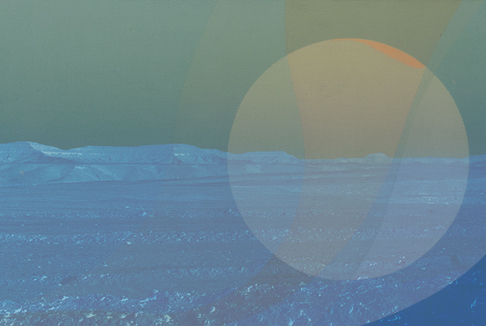My opening remarks for the Art in an Overseen World panel at Open Score: Art and Technology 2016 conference
- It is increasingly common for surveillance to be represented as a total threat — an all-encompassing condition that is more like a climate than an particular apparatus made of people, institutions, technologies. Much like the impeding doom evoked by climate change, this representation of surveillance can inspire a helpless anxiety, if not outright disavowal. The sheer scale of the threat makes it easier to ignore as something unstoppable. Surveillance suffuses everyday life to the point where it becomes too banal to confront.
- Despite the massive power ascribed to the surveillance apparatus, that threat it represents is often limited to a matter of personal privacy, which seems to frame a self-protective response as the first, best line of resistance — hide yourself to be safe. Obfuscate or withhold your data. Try to disappear.
- Those sorts of evasive countermeasures tend to reinscribe the omnipotence of surveillance, suggesting that you can’t dismantle the apparatus, you can only play hide and seek with it. There may be some personal satisfaction in such resistance, but it does little to disrupt the forms of control that stem from broad-based data collection, and is as likely to stimulate an arms-race effect in which obfuscation provokes the development of more invasive surveillance techniques, putting more people under greater scrutiny.
- When such tactics pit a scrambling individual against a monolithic “they,” it can obscure how surveillance comprises a variety of agents serving a range of interests pursuing different purposes. Surveillance doesn’t merely seek to prohibit behavior; it can also try to compel it. Its sweep is not fully indiscriminate; it’s instead unevenly distributed in its targets, which may not be determined in advance and may not consist of discrete individuals. It can create new ways of being known, new degrees and dimensions of publicity.
- Surveillance is not merely a matter of unwanted scrutiny that imposes repressive social control. Its mechanisms are inseparable from desired forms of social attention, serving as a guarantor of legibility, visibility, relevance. Given how social media undergird everyday life, surveillance has become the contemporary form of social participation. It conveys that we belong; it can be experienced as a systemic form of care.
- Being watched qualifies us for the more specific forms of recognition that build our reputation and establish our economic viability. But the attention we experience as support and opportunity is also the data that sustains surveillance systems. We become complicit in surveillance’s productivity, tracking ourselves and others, recognizing each other within spaces of capture. We want to be seen and want to control how we are seen, but we accept that one can come only at the expense of the other.
